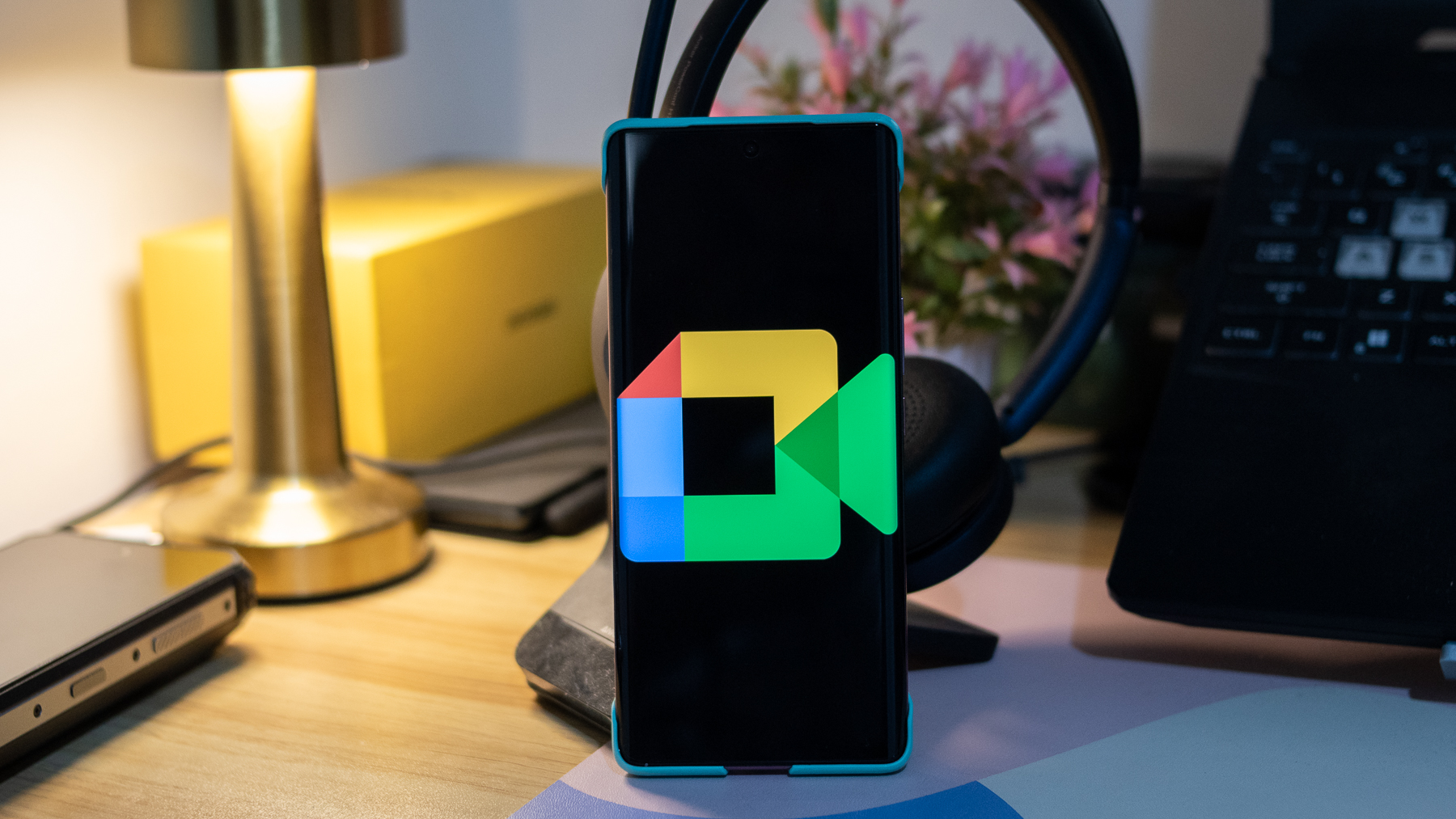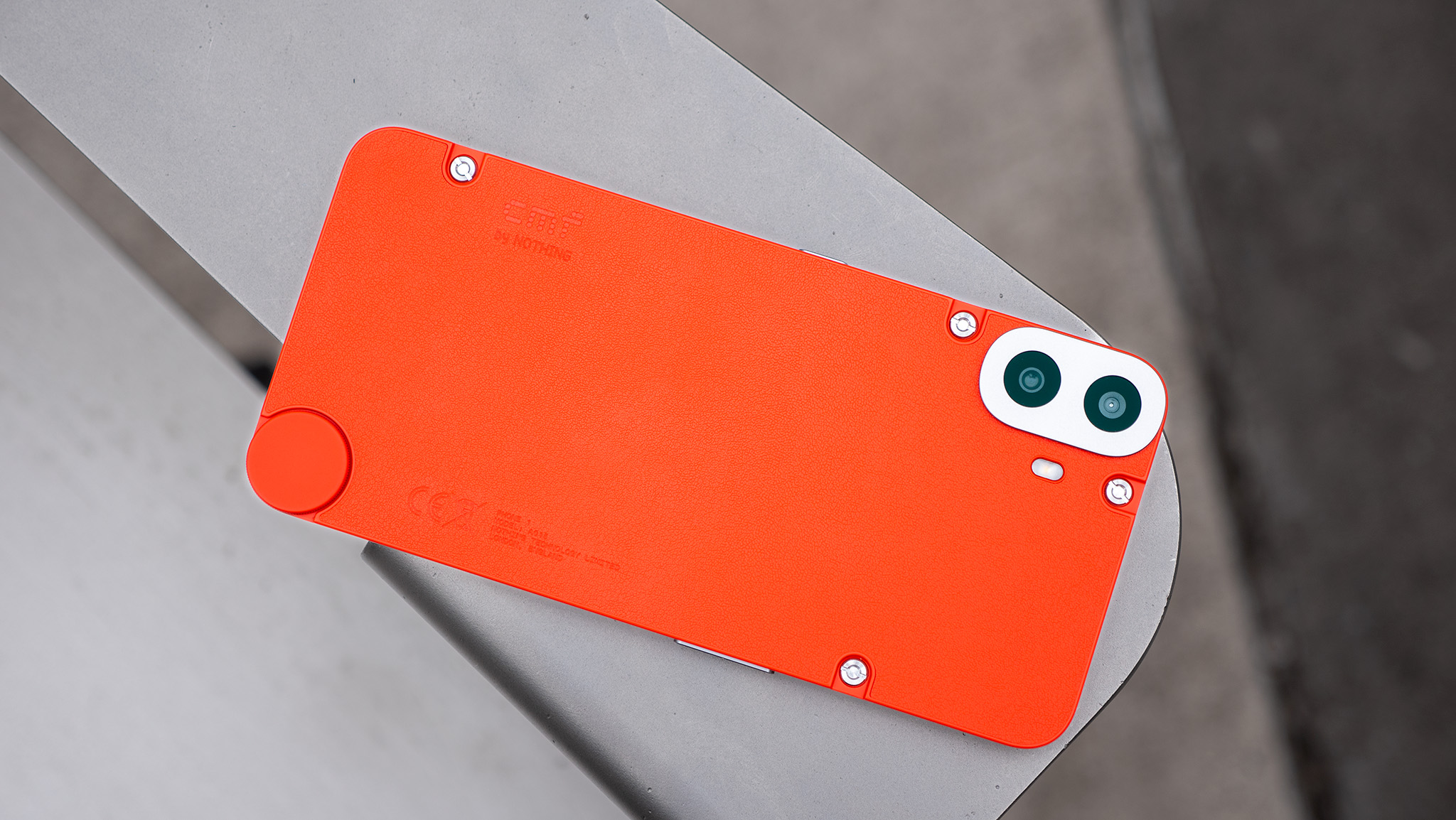GeeTest CAPTCHA: A Technical Breakdown and Bypass GeeTest Guide for Developers
Most developers working on scraping, automation, or bot infrastructure eventually run into modern CAPTCHA systems that are specifically designed to block them. One of the most resilient among them is GeeTest CAPTCHA, a sophisticated and adaptive anti-bot solution developed in China. In this guide, we’ll explore the inner mechanics of GeeTest, understand why it’s particularly difficult to automate, and review multiple effective strategies for bypassing both version 3 and version 4 of the system. What Is GeeTest CAPTCHA and Why Is It So Challenging for Bypass GeeTest? Unlike traditional CAPTCHAs that rely on static image text recognition, GeeTest introduces interactive, behavior-tracking puzzles. These puzzles often include sliders, drag-and-drop interactions, or mini-games. What makes this system unique is its deep inspection of user behavior and its device profiling techniques, which make automated solutions extremely difficult to develop. Key Features That Complicate Automation: Interactive Puzzles: The user is required to perform a dynamic interaction such as dragging a slider or clicking icons. These can’t be bypassed by simple HTTP requests. User Behavior Analysis: GeeTest monitors mouse movement, speed, trajectory, and reaction time. Device Fingerprinting: It gathers detailed data including your browser version, screen resolution, installed fonts, timezone, WebGL signature, and canvas rendering fingerprint. Encrypted Validation: For version 4, the user’s interaction data is encrypted before being sent to the server, which validates it internally. You can’t simply spoof a token—you must generate it through the expected logic. GeeTest CAPTCHA Version Comparison: v3 vs. v4 (What is Difficulter for Bypass) Understanding which version of GeeTest you are dealing with is important because the logic and bypass approaches differ substantially. GeeTest v3 (Legacy Version) Challenge Displayed: Always visible (slider, icon CAPTCHA, etc.) Parameters Used: gt and challenge Typical Flow: Loads gt.js, then uses /get.php and /validate.php for request handling Types of Challenges: a) Slider puzzle b) Icon click/drag CAPTCHA c) Less commonly: space puzzles GeeTest v4 (Adaptive CAPTCHA) Challenge Displayed: May be silent (OneTap) or interactive Parameters Used: A single captcha_id passed via the frontend initialization objec Typical Flow: Uses JavaScript loader from /v4/ paths like gcaptcha4.js, interaction is encrypted into a w payload Validation: Requires generating a fully encrypted payload with full interaction history To Identify the Version: If you see both gt and challenge on the page, it's v3. If you see only captcha_id and scripts loaded from /v4/, it's v4. CAPTCHA Types Used by GeeTest - Can You Bypass Geetest? Here are the most common types of challenges you’ll encounter: Slider Puzzle: Drag the puzzle piece to complete the image. Requires human-like motion to pass. Icon CAPTCHA: Click on certain icons or drag them to correct locations. Mouse movement and timing are tracked. IconCrush CAPTCHA: A visual matching game used in v4; involves identifying and clicking a sequence of matching icons. Gobang: A board-style game where the user places tiles. It’s generally triggered when traffic is flagged as suspicious. Space CAPTCHA: Rare type; involves dragging elements into designated positions. OneTap / NoCaptcha: A “Verify” button is shown. If GeeTest determines you are human based on prior interactions, no puzzle is presented. How GeeTest Detects Automation - That Is Why GeeTest Bypass May Be Challenge Behavioral Analysis Mouse movement (XY coordinates per millisecond) Smoothness and randomness of dragging Time taken to begin interaction after challenge loads Order and frequency of clicks Device Profiling User-Agent and navigator flags (e.g., navigator.webdriver) Plugins, MIME types, fonts, language, timezone Canvas/WebGL output (pixel-level fingerprinting) Audio rendering via AudioContext Network Signals IP address geolocation Proxy detection Volume and frequency of requests Server-Side Heuristics Machine learning models analyze hundreds of metrics such as timing consistency, request header patterns, and DOM interaction sequences Builds a trust score or directly accepts/rejects responses Methods for Bypass GeeTest CAPTCHA Let’s now explore practical approaches for bypassing GeeTest v3 and v4, depending on your level of control, infrastructure, and performance requirements. Using CAPTCHA-Solving Services (e.g., 2Captcha, RuCaptcha, SolveCaptcha) Workflow: Extract required parameters: v3: gt, challenge, page URL v4: captcha_id, page URL (service retrieves challenge itself) Send data to the CAPTCHA service Poll for response and inject the validated token(s) Example: import requests, time API_KEY = "YOUR_2CAPTCHA_KEY" gt = "site-specific-gt" challenge = "site-challenge-token" page_url =

Most developers working on scraping, automation, or bot infrastructure eventually run into modern CAPTCHA systems that are specifically designed to block them. One of the most resilient among them is GeeTest CAPTCHA, a sophisticated and adaptive anti-bot solution developed in China.
In this guide, we’ll explore the inner mechanics of GeeTest, understand why it’s particularly difficult to automate, and review multiple effective strategies for bypassing both version 3 and version 4 of the system.
What Is GeeTest CAPTCHA and Why Is It So Challenging for Bypass GeeTest?
Unlike traditional CAPTCHAs that rely on static image text recognition, GeeTest introduces interactive, behavior-tracking puzzles. These puzzles often include sliders, drag-and-drop interactions, or mini-games. What makes this system unique is its deep inspection of user behavior and its device profiling techniques, which make automated solutions extremely difficult to develop.
Key Features That Complicate Automation:
Interactive Puzzles: The user is required to perform a dynamic interaction such as dragging a slider or clicking icons. These can’t be bypassed by simple HTTP requests.
User Behavior Analysis: GeeTest monitors mouse movement, speed, trajectory, and reaction time.
Device Fingerprinting: It gathers detailed data including your browser version, screen resolution, installed fonts, timezone, WebGL signature, and canvas rendering fingerprint.
Encrypted Validation: For version 4, the user’s interaction data is encrypted before being sent to the server, which validates it internally. You can’t simply spoof a token—you must generate it through the expected logic.
GeeTest CAPTCHA Version Comparison: v3 vs. v4 (What is Difficulter for Bypass)
Understanding which version of GeeTest you are dealing with is important because the logic and bypass approaches differ substantially.
GeeTest v3 (Legacy Version)
Challenge Displayed: Always visible (slider, icon CAPTCHA, etc.)
Parameters Used:
gtandchallengeTypical Flow: Loads
gt.js, then uses/get.phpand/validate.phpfor request handlingTypes of Challenges:
a) Slider puzzle
b) Icon click/drag CAPTCHA
c) Less commonly: space puzzles
GeeTest v4 (Adaptive CAPTCHA)
Challenge Displayed: May be silent (OneTap) or interactive
Parameters Used: A single
captcha_idpassed via the frontend initialization objecTypical Flow: Uses JavaScript loader from
/v4/paths likegcaptcha4.js, interaction is encrypted into awpayloadValidation: Requires generating a fully encrypted payload with full interaction history
To Identify the Version:
If you see both gt and challenge on the page, it's v3. If you see only captcha_id and scripts loaded from /v4/, it's v4.
CAPTCHA Types Used by GeeTest - Can You Bypass Geetest?
Here are the most common types of challenges you’ll encounter:
Slider Puzzle: Drag the puzzle piece to complete the image. Requires human-like motion to pass.
Icon CAPTCHA: Click on certain icons or drag them to correct locations. Mouse movement and timing are tracked.
IconCrush CAPTCHA: A visual matching game used in v4; involves identifying and clicking a sequence of matching icons.
Gobang: A board-style game where the user places tiles. It’s generally triggered when traffic is flagged as suspicious.
Space CAPTCHA: Rare type; involves dragging elements into designated positions.
OneTap / NoCaptcha: A “Verify” button is shown. If GeeTest determines you are human based on prior interactions, no puzzle is presented.
How GeeTest Detects Automation - That Is Why GeeTest Bypass May Be Challenge
Behavioral Analysis
Mouse movement (XY coordinates per millisecond)
Smoothness and randomness of dragging
Time taken to begin interaction after challenge loads
Order and frequency of clicks
Device Profiling
User-Agent and navigator flags (e.g.,
navigator.webdriver)Plugins, MIME types, fonts, language, timezone
Canvas/WebGL output (pixel-level fingerprinting)
Audio rendering via
AudioContext
Network Signals
IP address geolocation
Proxy detection
Volume and frequency of requests
Server-Side Heuristics
Machine learning models analyze hundreds of metrics such as timing consistency, request header patterns, and DOM interaction sequences
Builds a trust score or directly accepts/rejects responses
Methods for Bypass GeeTest CAPTCHA
Let’s now explore practical approaches for bypassing GeeTest v3 and v4, depending on your level of control, infrastructure, and performance requirements.
- Using CAPTCHA-Solving Services (e.g., 2Captcha, RuCaptcha, SolveCaptcha)
Workflow:
- Extract required parameters:
v3:
gt,challenge, page URLv4:
captcha_id, page URL (service retrieveschallengeitself)
Send data to the CAPTCHA service
Poll for response and inject the validated token(s)
Example:
import requests, time
API_KEY = "YOUR_2CAPTCHA_KEY"
gt = "site-specific-gt"
challenge = "site-challenge-token"
page_url = "https://example.com"
# Submit CAPTCHA
resp = requests.post("http://2captcha.com/in.php", data={
"key": API_KEY,
"method": "geetest",
"gt": gt,
"challenge": challenge,
"pageurl": page_url
})
if not resp.text.startswith("OK|"):
raise Exception(f"Error submitting CAPTCHA: {resp.text}")
captcha_id = resp.text.split('|')[1]
# Poll for result
for _ in range(20):
time.sleep(5)
res = requests.get(f"http://2captcha.com/res.php?key={API_KEY}&action=get&id={captcha_id}")
if res.text == "CAPCHA_NOT_READY":
continue
if res.text.startswith("OK|"):
print("GeeTest Response:", res.text.split("|", 1)[1])
break
Pros:
Works reliably for both versions
Fast integration (especially for MVPs or prototypes)
Reasonable cost (~$0.001–$0.002 per CAPTCHA)
Cons:
Reliance on external API
Latency of 5–20 seconds
May not support highly complex puzzles like Gobang without fallback to humans
And by the way, you can check what service is better using service captchathecat (it’s free).
- Image-Based Solving with OpenCV (Slider-Only)
If you want to fully automate GeeTest without external services, using OpenCV for slider-based challenges is a great option.
How it works:
Extract puzzle images (background + slider piece)
Use
cv2.matchTemplate()to detect where the puzzle fitsSimulate human-like dragging using Selenium or Puppeteer
import cv2
import numpy as np
bg = cv2.imread("captcha_bg.png", 0)
piece = cv2.imread("captcha_piece.png", 0)
bg_edges = cv2.Canny(bg, 50, 150)
piece_edges = cv2.Canny(piece, 50, 150)
result = cv2.matchTemplate(bg_edges, piece_edges, cv2.TM_CCOEFF_NORMED)
_, _, _, max_loc = cv2.minMaxLoc(result)
print("X Offset to drag:", max_loc[0])
This offset can be used in a drag script to simulate natural mouse movement.
Pros:
Instant local solving (<1s)
Full control and no third-party dependency
Cons:
Only works for slider CAPTCHAs
Requires periodic updates if GeeTest changes images or mechanics
- Emulated Interaction via Headless Browsers
Another practical option is using browser automation tools (Selenium, Puppeteer, Playwright) to perform challenges as if a user is present.
Steps:
Launch browser with stealth configuration
Monitor for CAPTCHA
Solve via API or CV
Inject solution via browser form or JS call
Puppeteer example (JS):
const gt = await page.evaluate(() => window.gt);
const challenge = await page.evaluate(() => window.challenge);
const response = await solveViaAPI(gt, challenge, page.url());
const { validate, seccode } = response;
await page.evaluate((ch, val, sec) => {
document.getElementById('geetest_challenge').value = ch;
document.getElementById('geetest_validate').value = val;
document.getElementById('geetest_seccode').value = sec;
document.querySelector('form').submit();
}, challenge, validate, seccode);
Note: You must obfuscate browser fingerprints using tools like:
puppeteer-extra-plugin-stealthundetected_chromedriverAnti-detect browsers (Multilogin, Mimic)
- Protocol-Level Emulation (Advanced)
For teams with the necessary reverse-engineering skills, it is possible to mimic GeeTest’s internal encryption routines.
v3:
- Reverse
gt.jsand emulate movement track signing
v4:
- Decode the AES/RSA logic that produces the w value
This requires full replication of JavaScript-based cryptographic logic, often rewritten in Python or Node.js. It’s fast and reliable once implemented—but brittle.
Warning: GeeTest frequently updates its logic. This is a high-maintenance, high-reward strategy suitable only for large-scale or critical automation infrastructure.
Best Practices to Avoid Detection if You Don't Want to Bypass GeeTest
Use residential or mobile proxies; avoid datacenter IPs
Align language, timezone, and screen size with IP location
Spoof all navigator/browser properties accurately
Introduce random delays and jitter in user simulation
Avoid retrying failed CAPTCHAs repeatedly from the same session or IP
Final Thoughts
GeeTest CAPTCHA is a well-architected, behavior-driven protection system. It’s one of the most advanced tools used to block automated traffic today. That said, it’s not impenetrable. With the right combination of API services, computer vision, browser automation, and stealth, it is possible to reliably solve both v3 and v4 variants.
For developers building scraping tools, automation bots, or testing frameworks, understanding and bypassing GeeTest can be an essential skill. And with future updates—like a potential v5—coming down the pipeline, the need to stay adaptable has never been more critical.
Let me know if you'd like this version delivered as Markdown, optimized for dev blogs, or published into docs format.










































































































































































![[The AI Show Episode 144]: ChatGPT’s New Memory, Shopify CEO’s Leaked “AI First” Memo, Google Cloud Next Releases, o3 and o4-mini Coming Soon & Llama 4’s Rocky Launch](https://www.marketingaiinstitute.com/hubfs/ep%20144%20cover.png)



















































































































































































.jpg?width=1920&height=1920&fit=bounds&quality=70&format=jpg&auto=webp#)






















































































_Olekcii_Mach_Alamy.jpg?width=1280&auto=webp&quality=80&disable=upscale#)














































































































![Most iPhones Sold in the U.S. Will Be Made in India by 2026 [Report]](https://www.iclarified.com/images/news/97130/97130/97130-640.jpg)
![Apple to Shift Robotics Unit From AI Division to Hardware Engineering [Report]](https://www.iclarified.com/images/news/97128/97128/97128-640.jpg)




































































































































